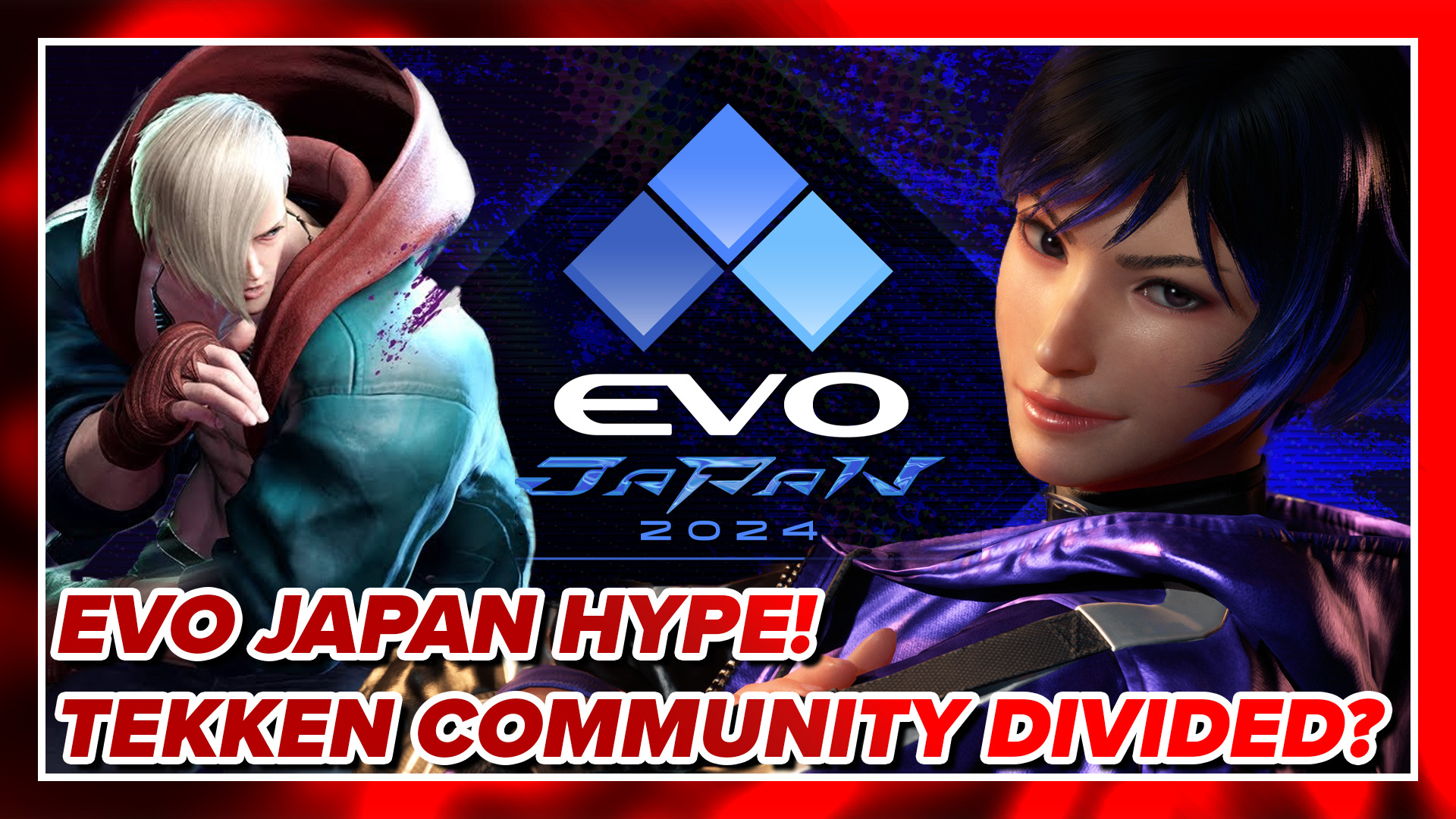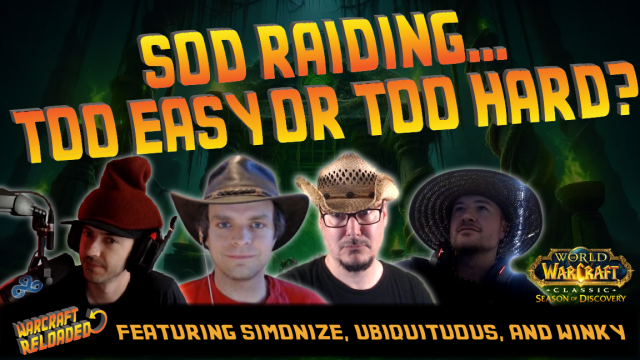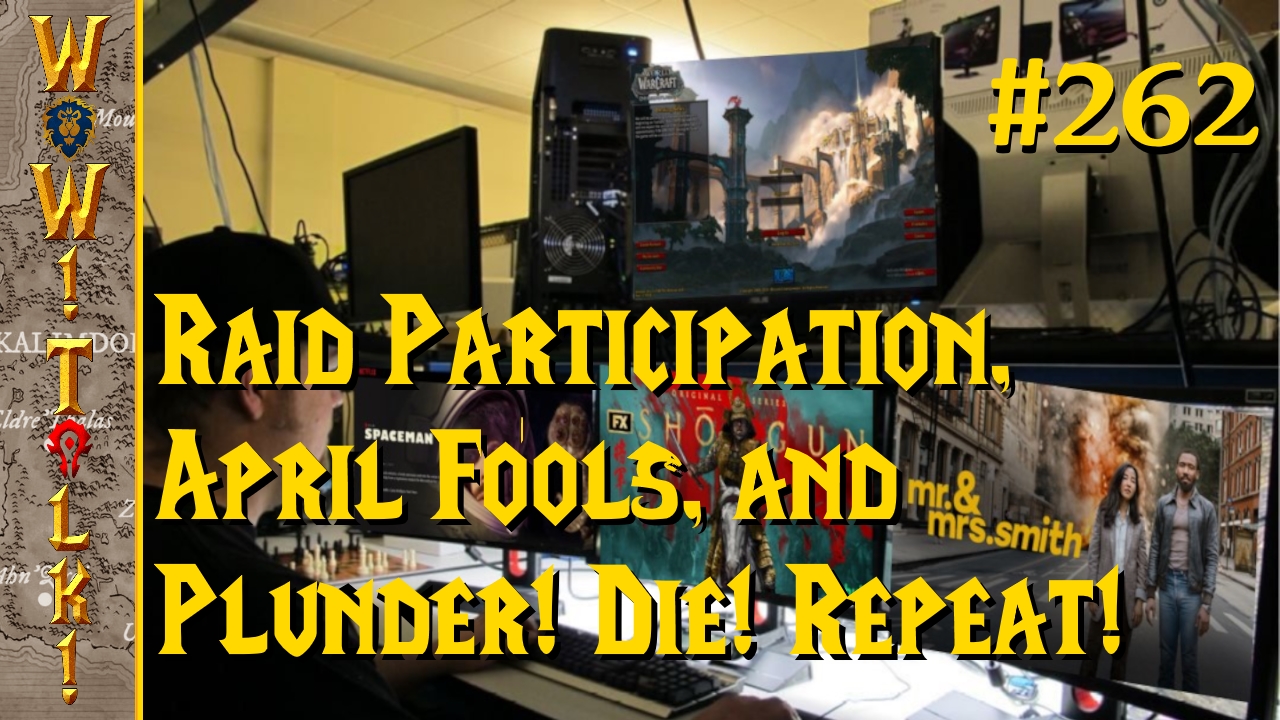
There is a fine line that determines if something is a game or just interactive media. I have my own personal definition, which is that for something to be a game you have to be able to lose. My favorite example is Journey, which to me is interactive media and not a game since all the player needs to do to complete the experience is push forward. There are games that challenge my definition, like Heavy Rain, but I end up believing it’s a game because the actions (and failures) of the player have a great impact on the story and things can end very badly for everyone. It’s no surprise to me that David Cage is trying to straddle the line between cinema and video game, and I applaud his effort. However, it’s a very fine line between interactive media and games, and I think Cage ended up on the wrong side of that line with Beyond: Two Souls.
Let’s start with the good. Beyond: Two Soul is one of the best looking PS3 game I’ve ever seen. The facial mapping is incredibly detailed, making the actors instantly recognizable. Not only that, but their emotions come across very clearly. As much as L.A. Noire was touted as having great facial mapping, this feels much better. While not as detailed as the faces, the rest of the game looks great as well. I thought the PS3 was at its limits long ago, but this game has definitely pushed past it when dealing with character models, movement, and special effects. The music was also nice, driving action sequences, surprising moments, or even more emotional parts home. The sound helps pull you into the cinematic experience that Quantic Dream was trying to deliver.
In Beyond: Two Souls you play as two characters: Jodie and Aiden. Jodie is played by the very recognizable Ellen Page and is connected to an entity she calls Aiden her entire life. Aiden serves almost as a protector for Jodie, but he also causes trouble for her. Aiden is from what scientists call the Infraworld — a place that most people would never know exists, but Jodie is sensitive to rifts between the worlds and the beings from there. The story is about not only uncovering the mysteries of the Infraworld, but also Jodie finding herself as a person… with an invisible partner.
It appears the story was Quantic Dream’s main focus with Beyond: Two Souls, as the gameplay is simplistic and doesn’t appear to get more challenging. You can switch between Jodie and Aiden at almost any time. Aiden can only go so far from Jodie for most of the game, so sometimes Jodie’s only purpose is to move forward so that you can access more places with Aiden. Most of the time Aiden has items that he can interact with – either moving or breaking things, but he can also interact with other people. People will have a colored aura around them that represents how you can interact. Teal means you can’t do anything while orange means you can control that person and red means you can choke that person.

There really is no guessing needed when it comes to playing as Aiden – if you see a person colored anything besides teal, you probably need to take control of them or kill them to continue. Same goes with objects that you can interact with. There is a blue dot that appears on them, and you just need to either push, break, or activate the items until you find the right one. Most of the time the right one is obvious, but there are a few moments where if hit or miss a certain item thing, it may change that portion of the story. Aiden also has the ability to help Jodie see the past. When Aiden finds an object or a dead body with a teal aura around it he can channel its energy to Jodie and she will get a flash back.
Playing as Jodie isn’t much more enthralling. The dialog options you have with Jodie feel like they have little impact in the overall story. There are a few big decisions to be made that will affect the story, but for the most part it felt like the responses you chose could have been used with any of the options. There appears to be a sense of urgency when choosing dialog, however, as certain dialog options will disappear over time.
Jodie does have some action sequences, most of which come in QTEs (Quick Time Events). Some QTE’s require that you hit certain buttons or hold down a combination of buttons when prompted. The other type of QTEs are what I feel may be the laziest use of QTEs I’ve ever seen. During scenes where Jodie is fighting there will be moments where things go into slow motion. When that happens you are supposed to move the right analog stick in the same direction Jodie is moving in order to complete the move successfully. There is nothing challenging about this, as it feels like you have quite a bit of time to react.
Jodie also has a portion where she needs to sneak around and attack unsuspecting enemies, but these moment are rare; not to mention very easy. The level of difficulty does not increase as the game progress and it almost feels as if you can’t fail. There were moments where I messed up QTEs because I was confused by Jodie’s movement, but even in situations where I screwed up a few critical QTEs Jodie still managed to survive. I’m honestly not sure if Jodie can die in this game due to my action as a player.

In my opinion, the biggest problem the gameplay has is pacing. For a game that is primarily based around QTE’s and player interactions (not to mention from Quantic Dream), I fully expected to perform menial tasks in the beginning. What I didn’t expect is for tasks like these to go through almost the entire game. You could easily go from fighting off some super spirit in the desert to cooking dinner and getting ready for a date in the next chapter. Just when the game speeds up, the pace gets brought back down by these boring parts. In a movie this may work, but players expect escalation throughout most games. So, coming back down after a major action sequence (or as major as they will get in this game) gets annoying when it happens for a third or fourth time.
It’s clear that Quantic Dream was trying to tell a linear story that they wanted the player to experience rather than watch it, and, unfortunately, they sacrificed intriguing gameplay for it. It would be a little easier to swallow if the story was worth it, but it falls a bit short. The story isn’t bad, but it isn’t enough to carry this game by itself. I can’t say I was ever bored with the story, and it definitely kept me interested, but after I reached the end I had a very “meh” feeling about it. There are multiple endings to see, but only a few of them actually have different results.
This game left me with a very weird feeling at the end because I can’t say it’s a good game in terms of game play, but what Quantic Dream did manage to do was pull me into the role of the character more than most games have. I cared about what happened to Jodie and even Aiden, a character who had no understandable dialog the entire game. I think it had a lot to do with the face mapping, dialog, and voice acting, and that says a lot considering I don’t think the story was that fantastic.
I believe David Cage was trying to really merge cinema and video game with this game, but he sacrificed too much of what makes a video game fun. There are many players who will deeply appreciate what he has done here, and I think it’s a big step forward in video games developing as an art form. I know reviews and comments haven’t been to kind to this game so far, but I hope Cage and Quantic Dream learn from this game and improve the formula.




